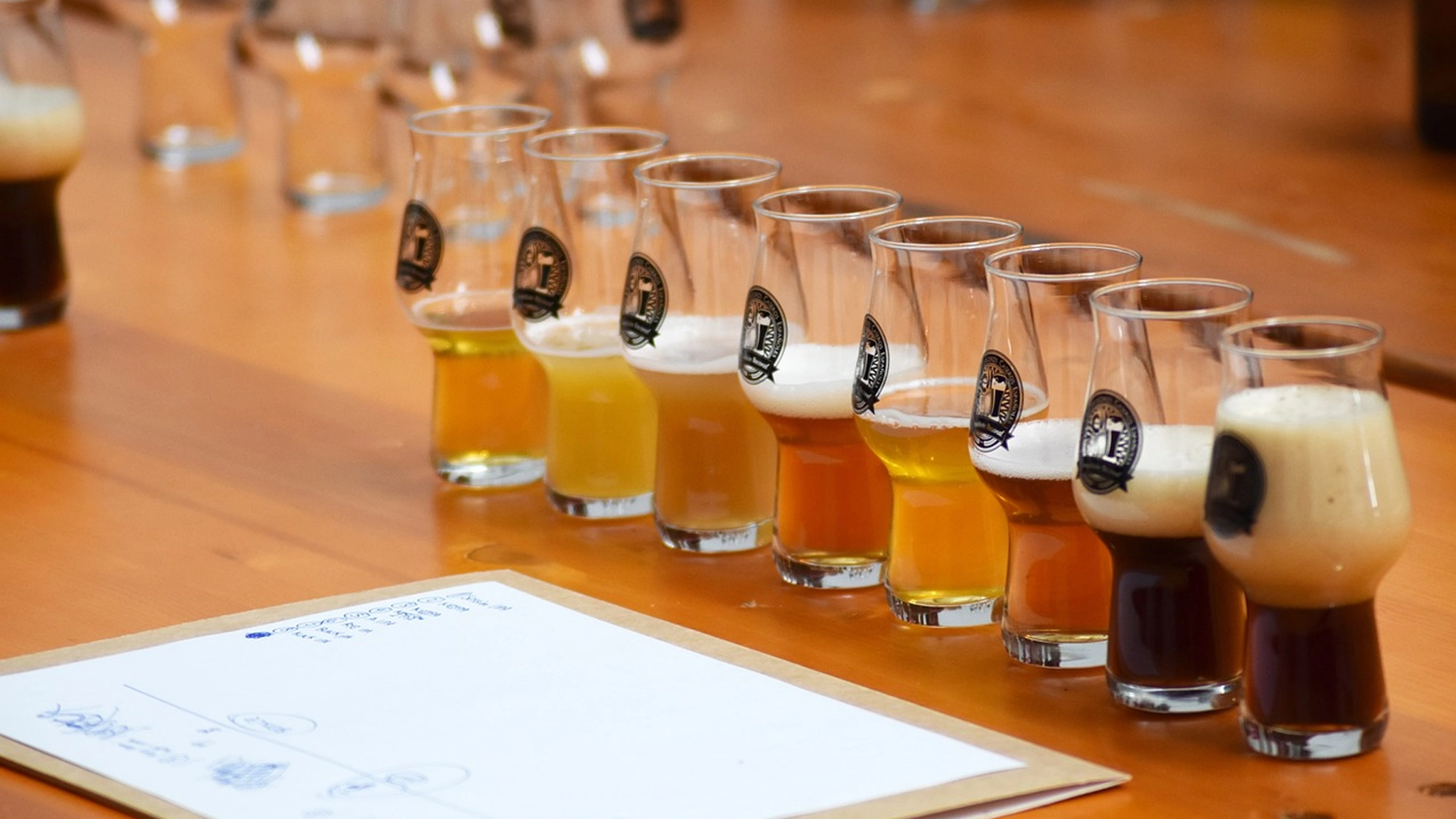What Aspects of Food Products are Measured During a Sensory Taste Test?


When developing and marketing food products, ensuring that they appeal to consumers is essential.
Many factors will influence a purchasing decision, including the food’s packaging and taste. This is where sensory taste testing comes in. In short, it’s one of the most effective methods to evaluate the sensory characteristics of a food product.
In this type of test, a group of panellists (explicitly trained for the job or members of the public, depending on the design of the research project) are given a series of tastings of a food product to evaluate based on various attributes, such as flavour, aroma, texture, and appearance.
But that’s not all. Sensory taste tests can be tailored to measure specific food preferences, such as sweet and savoury, for example.
So with that in mind, let’s look at some of the most common elements tested and measured by taste tasting or sensory panellists.
The overall taste of food, including its combination of sweetness, sourness, saltiness, bitterness, and umami (anything that doesn’t fit into the previous categories), as well as its overall flavour, is the most commonly tested attribute.
By measuring the taste of food, trained panellists can determine if it is in line with target flavour profiles, whereas members of the public may share more open-ended and unstructured feedback regarding the taste of food.
The aroma or scent of a food product can significantly influence the flavour perception and customer acceptance of that food. Strong, pungent scents can be overwhelming and may not be enjoyed by some people. Whereas more subtle scents can be more appealing and be enjoyed by a broader demographic.
Testing and measuring the aroma of food products can help brands determine if they are meeting the target customer’s needs.
Another popular sensory taste test category is texture. Texture influences taste through its mouthfeel, consistency, and firmness.
For instance, if you were trialling a soft gooey brownie as part of a new product line, you would want to measure the texture to see if it meets the target consumer’s expectations of “soft” and “gooey” as marketed on the proposed packaging.
Appearance is another aspect that influences taste perception, even if it is not directly related to the taste itself. From the shape and colour of the food product to its presentation, a product’s appearance can be vital in determining whether or not someone will enjoy it.
Aftertaste refers to the secondary sensations and mouthfeel after consuming the product. For instance, if you are testing a new flavour of ice cream, you may want to test it with different aftertastes, such as sweet, sour, and bitter, to gauge the consumer’s preference.
You might be surprised to read the temperature as a measured element in a sensory taste test. However, a food’s temperature can significantly influence its taste and flavour intensity, so it must be tightly controlled and measured.
Temperature is crucial for food products designed to be eaten hot, such as pies and pizzas.
Another important aspect that brands measure during a sensory taste test of their food products is the mouthfeel. This term refers to the sensations experienced during eating, and panellists will note a food’s viscosity, smoothness, or creaminess, for example.
These measurements are often helpful for marketing purposes and can help determine the appeal of food to consumers. For instance, the “smoothest ” ice cream will likely be more popular with consumers than the “thickest” ice cream.
The food’s acidity or sourness is another attribute often measured during a sensory taste test. Food with high acidity levels will generally taste sourer and may also have a higher level of bitterness – making these products more of an acquired taste.
Cover Your Bases with In-Depth Sensory Taste Testing from Wirral Sensory Services
As you can see, plenty goes into a sensory taste test, and many factors not mentioned here can also be measured, even if they may not directly influence the taste of any given food product.
At WSS, we have over 20 years of experience in the taste testing industry and have extensively trained panellists with high degrees of acuity and expertise. We can tailor your tested parameters to ensure that your measuring the taste of food products is as relevant and accurate as possible, and we would be happy to help with any questions you may have.
To discuss your taste testing or sensory evaluation requirements in more detail, don’t hesitate to get in touch with us today.